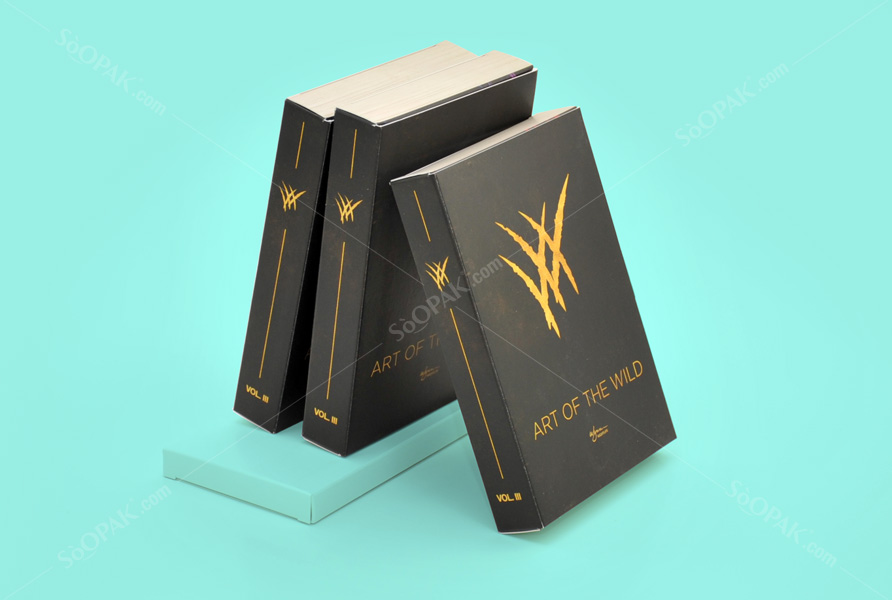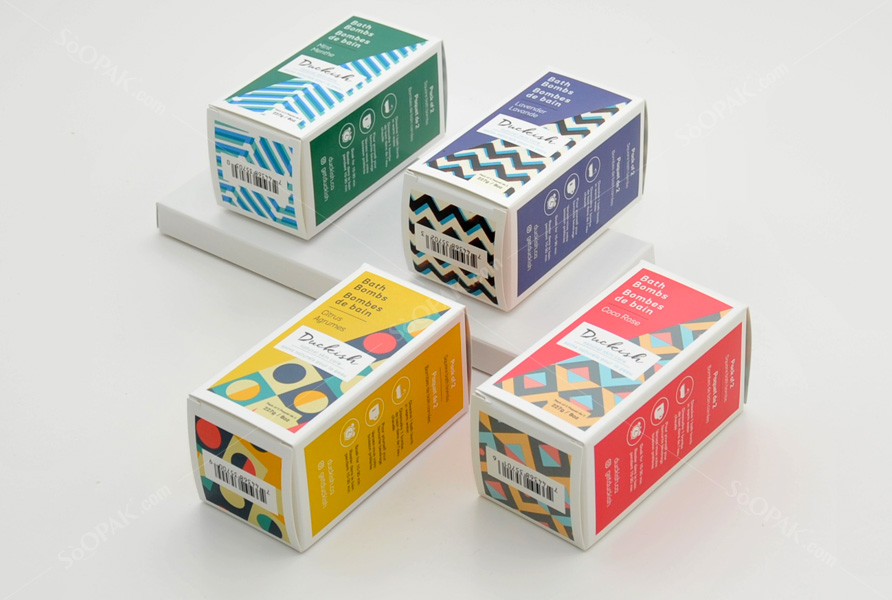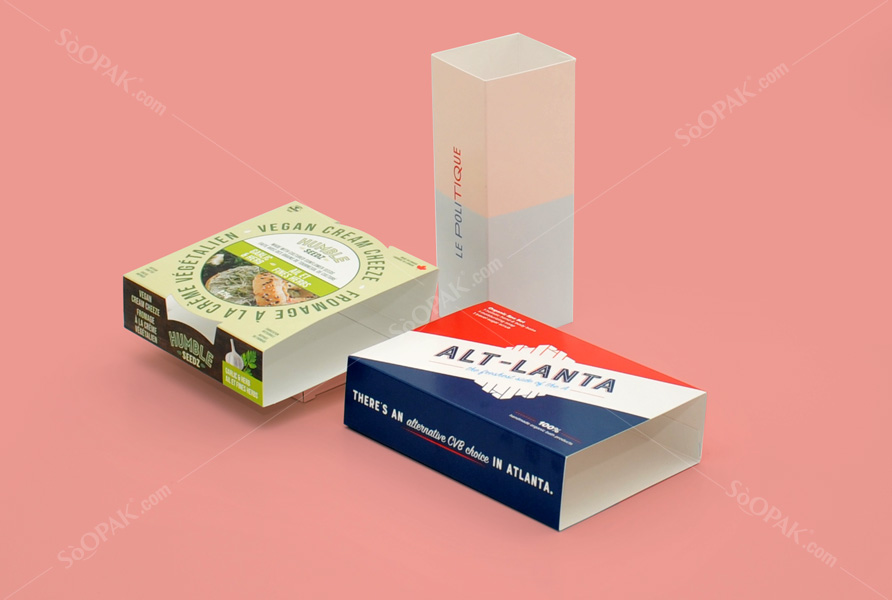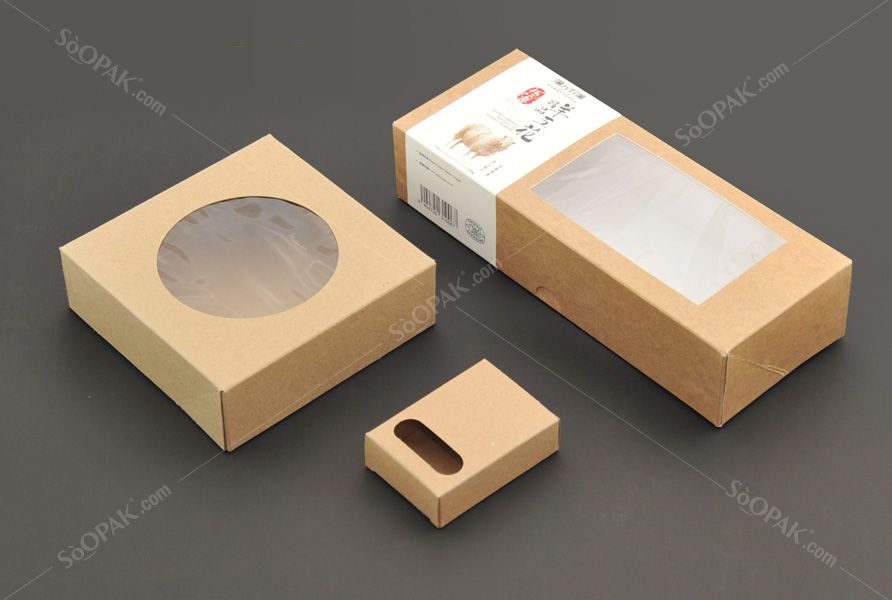One of the most important parts of product packaging is creating labels for the packages. The labels convey the most crucial information of a product, what it is, how to use it, and what it contains. As such, any technology that affects making labels will also have a substantial impact on the product packaging industry as a whole. Take a moment to explore how thermal technology is changing packaging labels.
Benefits of Thermal Printing
Compared to traditional options, thermal printing offers speed, portability, and high quality. The labels created from thermal printing are vibrant as well as sturdy. The result is a dynamic artwork that catches the eye of consumers.
ZINK Zero Ink Printing System
One of the most innovative parts of thermal technology is the ZINK Zero Ink printing system that patented the ability to produce colorful labels and colored flexible packaging without needing ribbons, toner, or ink. The creation of Zero Ink technology began in the 1990s. ZINK started as an internal Polaroid project and became independent in 2005. The company ZINK Holdings manufactures the thermal paper that this technology uses. It also licenses the thermal tech to other companies that create the imaging and printing machinery.
Although this single company patented the technology, it is widely available. LG, HP, Dell, Polaroid, Lifeprint, Brother, Canon, and other brands have been implementing this technology for years already. More recently, following the 2019 CES trade show, ZINK collaborated with Brother International Corp to highlight a zero-ink technology along with a thermal substrate that has zero drying time and prints out multi-color text and imagery.
Understanding Thermal Printing
With direct thermal printing, the machine carefully heats coated thermochromic paper, which is a specialty substrate that most companies call thermal paper. The thermal paper passes over the print head, causing the paper’s coating to become black where it is heated. In addition to this most basic version of thermal printing, there is two-color direct thermal printing that applies heat at multiple temperatures to print in two colors.
The difference between this and ZINK’s technology is that the latter allows for printing in more than just two colors. This means that manufacturers can now take advantage of thermal printing for their packaging labels without being limited in their color options.
What It Means for Label Printing
So what does this thermal printing technology have to do with packaging labels? It offers an alternative to the traditional methods of printing labels that is quicker and has no drying time. It allows for higher volume printing, even in rough environments. The equipment can continuously output the labels, reducing the time needed to print them out.
Some of the thermal printing technology even incorporates RFID technology that you can use to integrate smart labels into your product packaging.
While the rise of thermal printing certainly has a great deal of potential for product packaging labels, it is not necessary for all applications. The technology may sometimes be more expensive, and specific applications may have better options. For now, it is merely an option to keep in mind, not a necessity.




